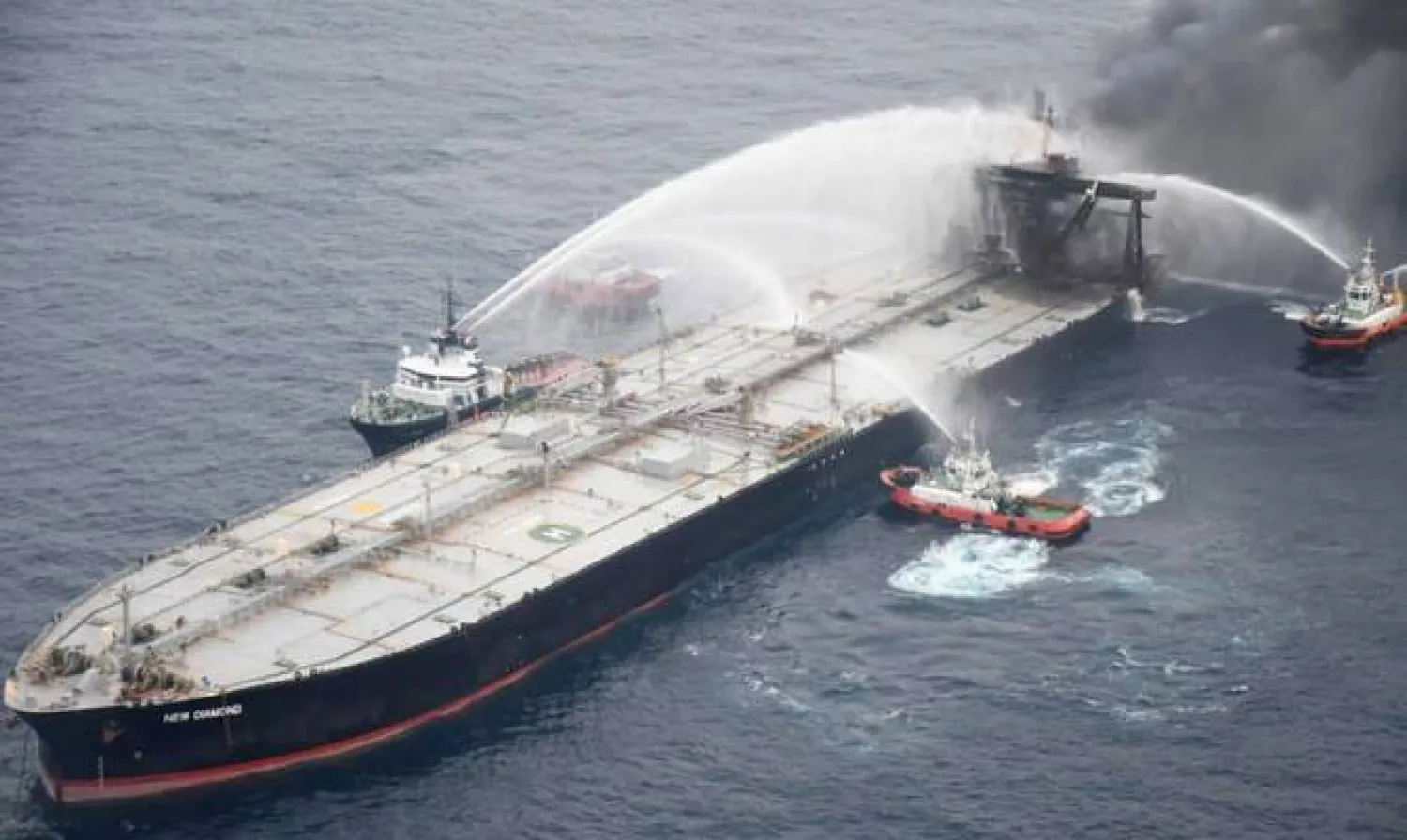Leaders of a world fractured by war, climate change and persisting inequality gather under one roof Tuesday to hear the UN chief summon them to take united action on humanity’s huge challenges – and to start delivering their own assessments on the most global of stages.
“People are looking to their leaders for a way out of this mess,” Secretary-General Antonio Guterres said ahead of the annual gathering of presidents and premiers, ministers and monarchs at the General Assembly.
He said the world needs action now – not merely more words – to deal with the worsening climate emergency, escalating conflicts, “dramatic technological disruptions” and a global cost-of-living crisis that is increasing hunger and poverty.
“Yet in the face of all this and more,” Guterres said, “geopolitical divisions are undermining our capacity to respond.”
This year’s week-long session, the first full-on meeting of world leaders since the COVID-19 pandemic disrupted travel, has 145 leaders scheduled to speak. It’s a large number that reflects the multitude of crises and conflicts.
But for the first time in years, US President Joe Biden, who will speak soon after the UN chief, will be the only leader from the five powerful veto-wielding nations on the UN Security Council to address the 193-member assembly.
China’s Xi Jinping, Russia’s Vladimir Putin, France’s Emmanuel Macron and Britain’s Rishi Sunak are all skipping the UN this year. That should put the spotlight on Ukraine’s President Volodymyr Zelenskyy, who will be making his first appearance at the assembly’s podium later Tuesday, and on Biden, who will be watched especially for his views on China, Russia and Ukraine.
The absence of leaders from the four Security Council powers has sparked grumbling from developing countries who want major global players to listen to their demands – including for money to start closing the growing gap between the world’s haves and have-nots.
The G77, the major UN group of developing countries that now has 134 members including China, lobbied hard to make this year’s global gathering focus on the 17 UN goals adopted by world leaders in 2015. Those are badly lagging at the halfway point to their 2030 due date.
At a two-day summit to kick-start action to achieve the goals, Guterres pointed to grim findings in a UN report in July. He said 15% of some 140 specific targets to achieve the 17 goals are on track. Many are going in the wrong direction, and not a single one is expected to be achieved in the next seven years.
The wide-ranging goals include ending extreme poverty and hunger, ensuring every child gets a quality secondary education, achieving gender equality and making significant inroads in tackling climate change — all by 2030.
At the current rate, the report said, 575 million people will still be living in extreme poverty and 84 million children won’t even be going to elementary school in 2030 – and it will take 286 years to reach equality between men and women.
Guterres told leaders at Monday’s opening of the summit he called to rescue the 17 sustainable development goals, or SDGs, that they promised in 2015 to build “a world of health, progress and opportunity” for all people – and to pay for it.
Soon after he spoke, leaders from the 193 UN member nations adopted a 10-page political declaration by consensus which recognizes that the goals are “in peril.” But it reaffirms more than a dozen times, in different ways, leaders’ commitment to achieve the SDGs, reiterating their individual importance.
The declaration is short on specifics, but Guterres said he was “deeply encouraged” especially by its commitment to improving developing countries’ access to “the fuel required for SDG progress: finance.” He pointed to its support for an SDG stimulus of at least $500 billion a year, aimed at offsetting challenging market conditions faced by developing countries.
At the summit, leaders were then supposed to make pledges to meet the SDGs.
As an example, Nepal’s Prime Minister Pushpa Kamal Dahal, who chairs the UN group of least developed countries, said they need “massive scaling up of affordable finance” including through the SDG stimulus. He said foreign investment to the least developed countries fell about 30% in 2022 compared to 2021, and he urged developed countries to be more generous in helping the world’s poorest countries.
There are also hundreds of side events during high-level week.
The European Union’s top diplomat Josep Borrell told reporters after a closed meeting to try to revive the decades-old peace process between Israel and the Palestinians that there was “a strong commitment to the two-state solution.”
He said there were 60 participants at the meeting organized by the EU, the Arab League and several other countries, and called it “a good starting point.”
There was “an injection of new political will,” Borrell said, and three senior-level working groups were established to examine what Israeli-Palestinian peace would look like. He said they will start work in a month in Brussels.









